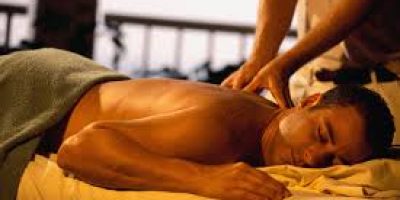Several Chinese architecture element, including those that date to the Tang Dynasty of the 900s, continue to influence the skylines of cities scattered across Asia-and beyond. Many of these elements are increasingly popular in Pakistan, especially in the north, as they find their way in commercial and residential buildings.
These include:
Central living rooms
In China, family lounges (living rooms in our part of the world), are usually situated in the center of a house. This trend is gaining traction in Pakistan as an increasing number of house now have a living room in the centre, while the remaining spaces, such as bedtrooms, kitchens, studies and dining rooms, surround it.
Chinese gardens:
These incorporates several elements, such as water and rocks (which stand for yin and yang), and greenery in the form of ponds, fountains, bridges, gravelled walkways and shaded nooks; the choices of plants can range from lush green leafy plants to thorny, spiky ones.
Chinese gardens are believed to be sanctuaries one can escape to in order take a break from the rigours of life, and epitomize Taoism-the Chinese philosophy that place emphasis on “living in harmony with Tao [nature].”
Gazebos:
Chinese pavilions (called ting in Mandarin) bear a resemblance to Mughal gazebos and pavilions. This feature, though largely found in public place and parks, is now also seen in homes and offices in Pakistan; they are often used as entertainment areas and sunrooms.
Open space:
Courtyards (called siheyuan in Mandarin and sehen in Urdu) have been popular architectural elements in Pakistani homes for decades. They can be used to serve a variety of functions ranging from gardens, space for a fountain or entertaining, or one that link several rooms within a building. Similarly, sky wells, distinctly Chinese architectural features that are ‘compact courtyards’-small, vertical spaces between two buildings-serve as vents that regulate tempretures and the flow of air. Both elements are increasingly seen within houses, offices and malls in Pakistan.
By Uzma Nawaz


